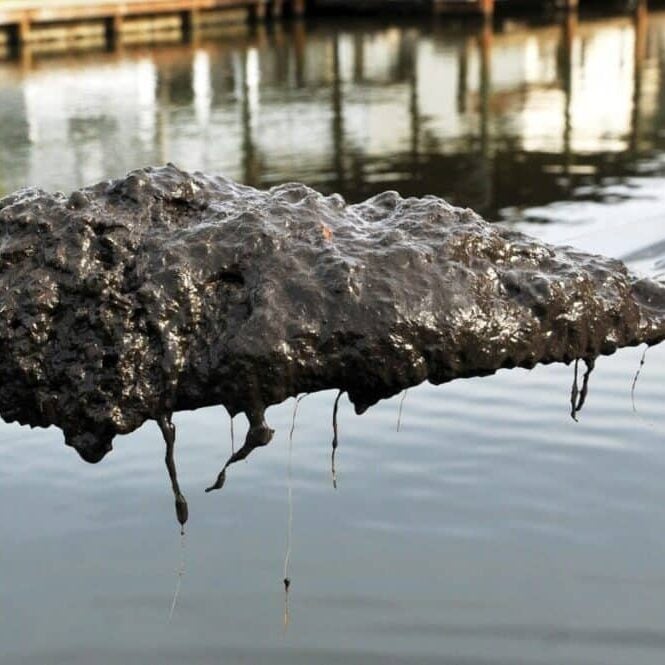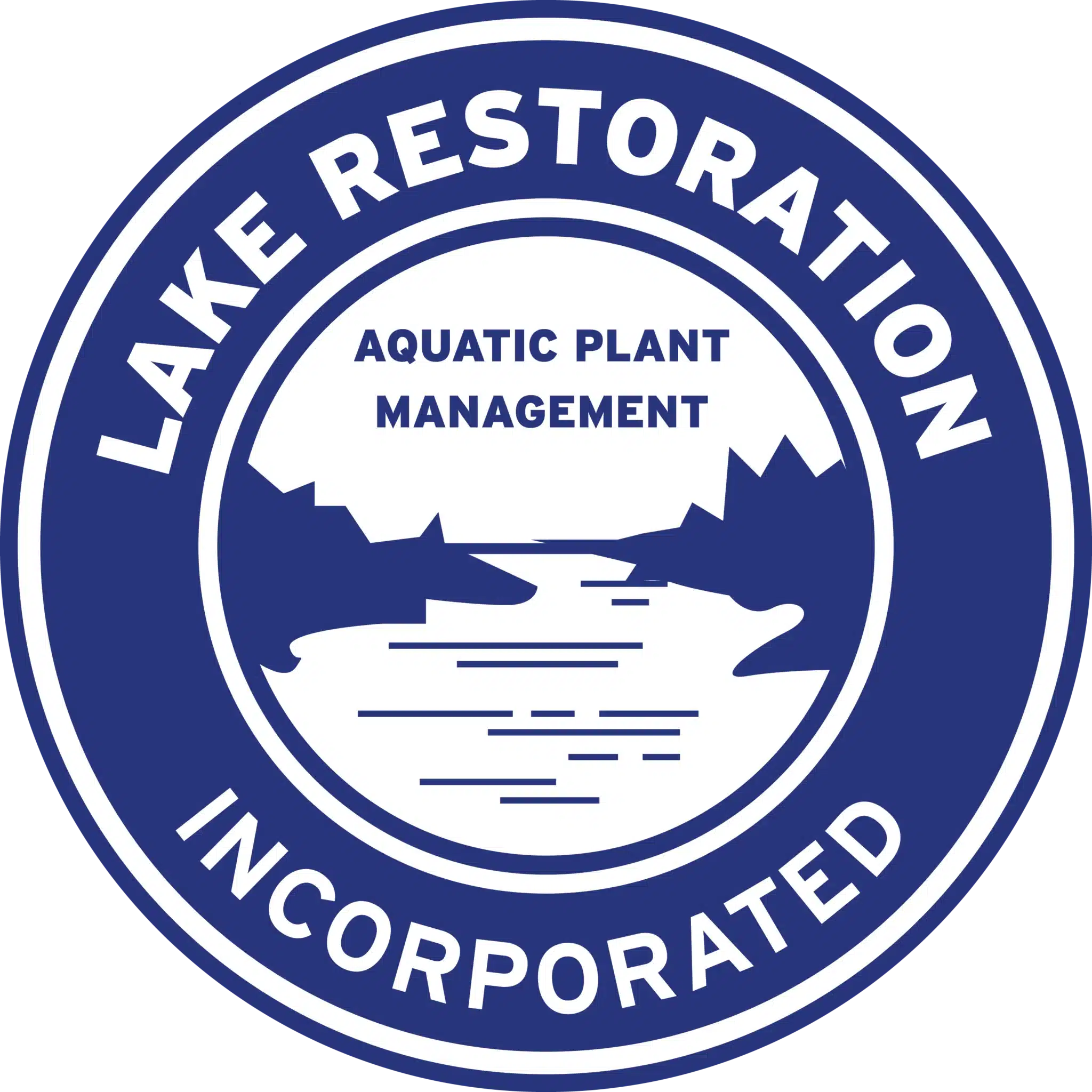
Pond Dredging | An Overview
What Does it Mean to Dredge a Pond?
Dredging is a process done to remove muck from the bottom of a pond. Machinery is used to physically pull the material out of the water body and dispose of it somewhere else. This process is usually done by a professional company rather than individual homeowners because of the scale of the project. There are two types of dredging: mechanical and hydraulic. The former is a process in which the pond is drained completely before the muck is scooped out. This allows for more precise removal because it is easier to see what does and does not need to be taken out. The other type, hydraulic, is when water and muck are suctioned into the dredge, any organic material is filtered out, and then the water gets pumped right back into the pond. While this is better for the pond’s ecosystem, it makes it harder to follow along the bottom and know exactly what needs to be removed. Both options have positives and negatives that should be considered before a final decision is made for each situation.
Is it Good for Plants and Wildlife?
Depending on the type of dredging someone wants done to their pond, it can be very disruptive to the plants and wildlife. Mechanical options displace all plants and animals, meaning they will need to be reestablished once the project is completed. Hydraulic is much less harmful to the natural environment of the water body since it does not involve draining the water. Plants and wildlife will be largely unaffected by hydraulic dredging.
How Much Does Dredging a Pond Cost?
Prices vary based on a few factors, such as: how much muck there is, the size of the water body, and where the muck will go once it’s removed from the water. Typically, people can expect to spend anywhere from two or three thousand dollars to upwards of one hundred thousand dollars to have their pond dredged. It can be one of the most expensive ways of clearing muck and may also be harmful to the environment of the pond itself, as well as the surrounding area.
Are There Alternatives?
Yes! Some alternatives to dredging include:
- Nutrient reducers such as Lake Restoration’s MuckMaid. These pellets contain live beneficial bacteria and enzymes that dissolve the muck over time through a natural process. MuckMaid will only dissolve organic material such as dead leaves and algae, other decomposing plants, fish waste, etc. It will not remove silt or inorganic soils. This option can take longer to fully clear the bottom out, depending on how much muck is present. MuckMaid will eat away one to three inches of muck per treatment with initial results seen in about 30 days. It is recommended to continue adding MuckMaid pellets every two to four weeks to keep the process going.
- Muck blowers such as Lake Restoration’s Aqua Stormfuro. The Aqua Stormfuro moves muck out of the desired area using a motor to push it out to deeper water. This option also keeps weeds from taking root. The Aqua Stormfuro clears an area about 5 feet wide and 30 feet out. It can be mounted to a post up to 2 inches in diameter or the decking of a dock.
How to Dredge a Pond Step-by-Step:
Step 1: Decide if it’s Right for You
Consider all possible factors and options when deciding which muck removal method is best for you. Some things to think about might include the cost of each option, the amount of time it will take to see full results, and the effects on the pond.
Step 2: Research Companies:
Take your time and be thorough when searching for a company to consult about your project. Ask meaningful questions like, “What kind of lasting effects will this cause for my pond?” or, “Can you guarantee that you won’t damage my pond unnecessarily?” Don’t be afraid to set hard boundaries and advocate for your pond’s environment.
Step 3: Rent Your Equipment or Choose a Company:
If you decide you’d like to try and take on the dredging yourself, you’ll need to rent some equipment. Be sure to rent from a reputable business that is responsible with their customers and equipment. If you choose to hire a company, the last step is to set up an appointment with them.
Dredging a Pond Takes Decisions
No one will have all the answers or know exactly what is right for you. It is important to make decisions based on the knowledge of your pond and what you believe is best. What worked for your neighbor might not be the best solution for you, and that is completely okay. Always do your research and ask many questions to help yourself make informed choices. Knowledge is power, and patience is key!

